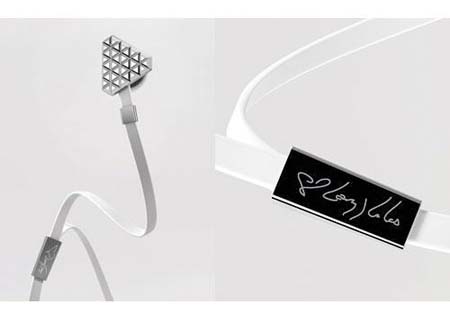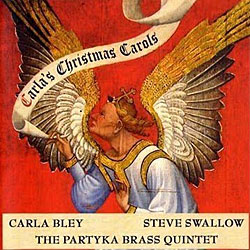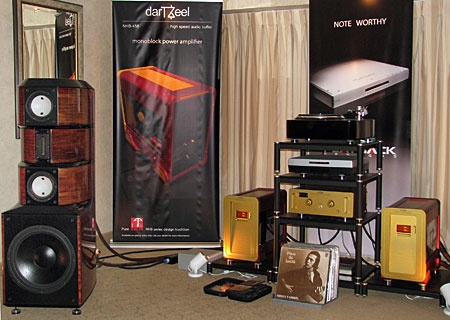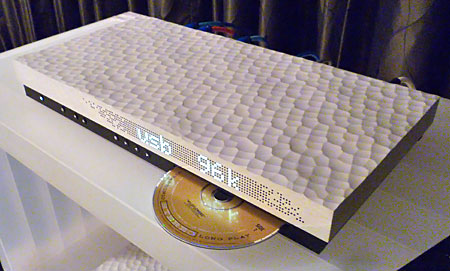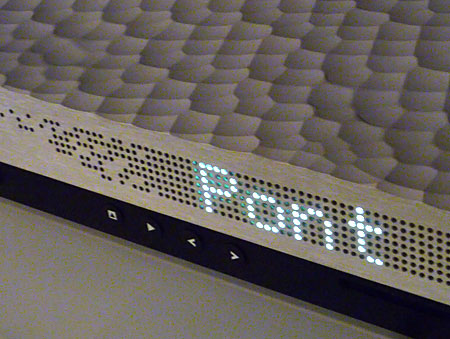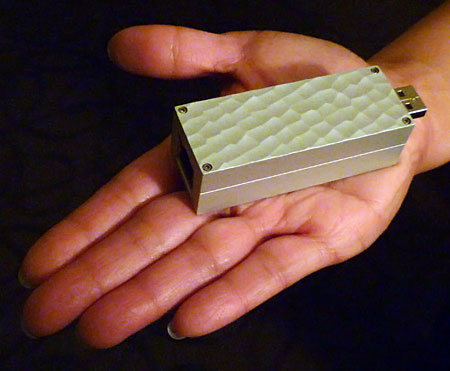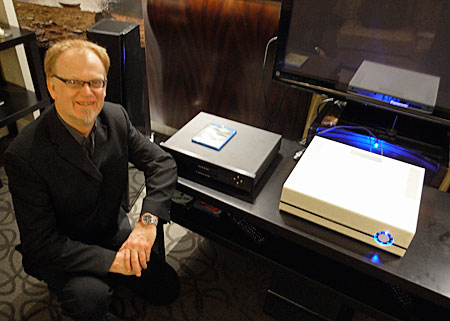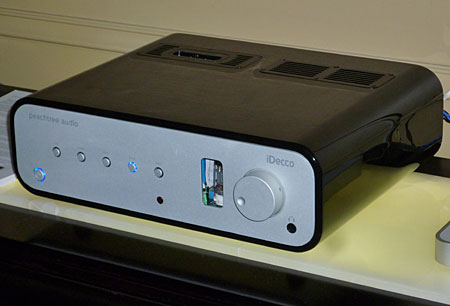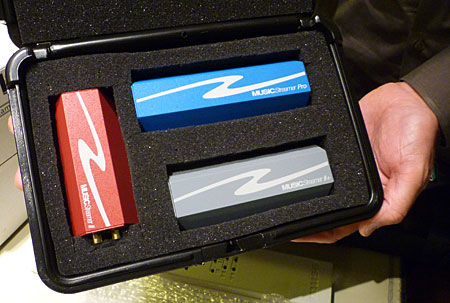In the Family
For Christmas, my sister, Nerissa, received a set of <a href="http://blog.stereophile.com/stephenmejias/heartbeats_by_lady_gaga/">Hea…;, Lady Gaga’s flashy in-ear headphones. Nerissa was overjoyed—even moved to dramatic, rock star poses, sporting her latest fashion accessory—mostly because she loves Lady Gaga. I don’t think she expected the sound quality to have a great impact on her life.

